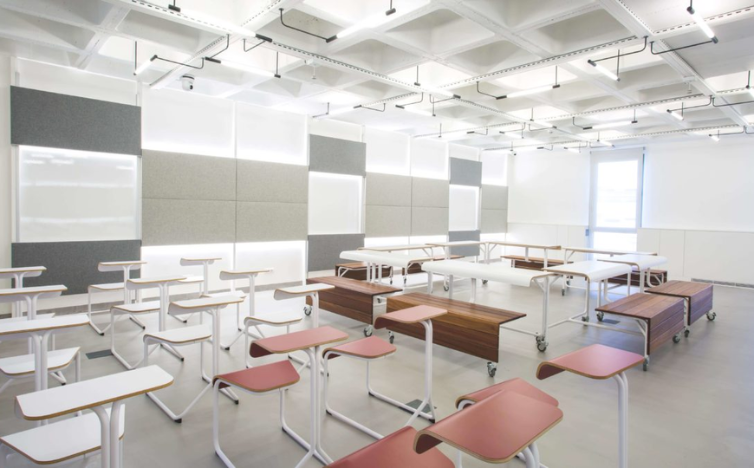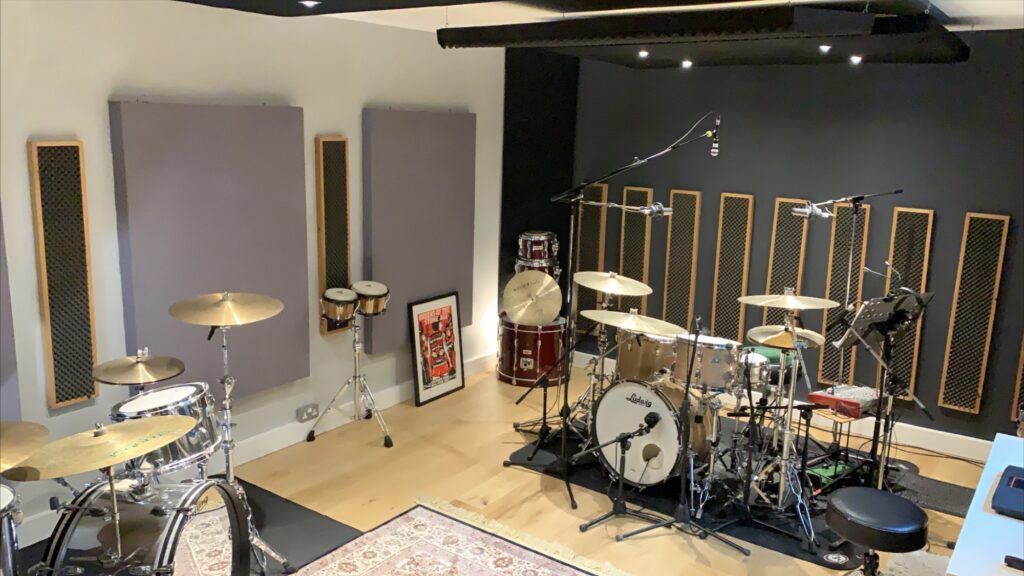The learning environment plays a crucial role in shaping student outcomes. While factors like teaching quality and resources are often discussed, one overlooked aspect is classroom acoustics. Poor acoustics can significantly impact students’ ability to hear, focus, and retain information, potentially affecting their academic achievement. This article explores how inadequate sound management in schools can hinder learning and what can be done to address it.
The Impact of Poor Acoustics on Learning
Poor acoustics, such as excessive noise or echo, can make it difficult for students to hear teachers clearly. This is especially challenging for younger students or those with hearing impairments. Studies show that students in noisy classrooms often struggle to understand lessons, leading to lower comprehension and retention rates. Background noise from hallways, HVAC systems, or outdoor activities can further disrupt concentration, making it harder for students to stay engaged.
Effects on Teachers and Classroom Dynamics
Teachers are also affected by poor acoustics. Straining to be heard in a noisy environment can lead to vocal fatigue and stress, reducing their effectiveness. Additionally, teachers may need to repeat instructions multiple times, slowing down the pace of lessons and limiting the time available for interactive or in-depth learning activities. This can create a frustrating experience for both educators and students.

Long-Term Consequences for Student Achievement
Over time, the cumulative effects of poor acoustics can lead to gaps in learning. Students in noisy classrooms may fall behind in core subjects like reading and math, as they miss critical information during lessons. This can affect their confidence and motivation, potentially leading to long-term academic underachievement. For students with special educational needs, the impact can be even more pronounced.
Solutions to Improve Classroom Acoustics
Improving classroom acoustics doesn’t always require expensive renovations. Simple measures like installing sound-absorbing panels, using carpets or rugs, and ensuring proper maintenance of HVAC systems can make a significant difference. Schools can also consider acoustic design principles when constructing new buildings or renovating existing ones. Additionally, teachers can use microphones or sound amplification systems to ensure their voices are heard clearly.
Call us: Contact Waseem Technical Soundproofing Expert in Dubai For Soundproofing: +971 50 209 7517
Conclusion
Poor acoustics in schools can have a profound impact on student achievement, affecting both learning and teaching. By addressing this issue, schools can create a more inclusive and effective learning environment. Investing in better acoustics is not just about improving sound quality—it’s about ensuring every student has the opportunity to succeed.




